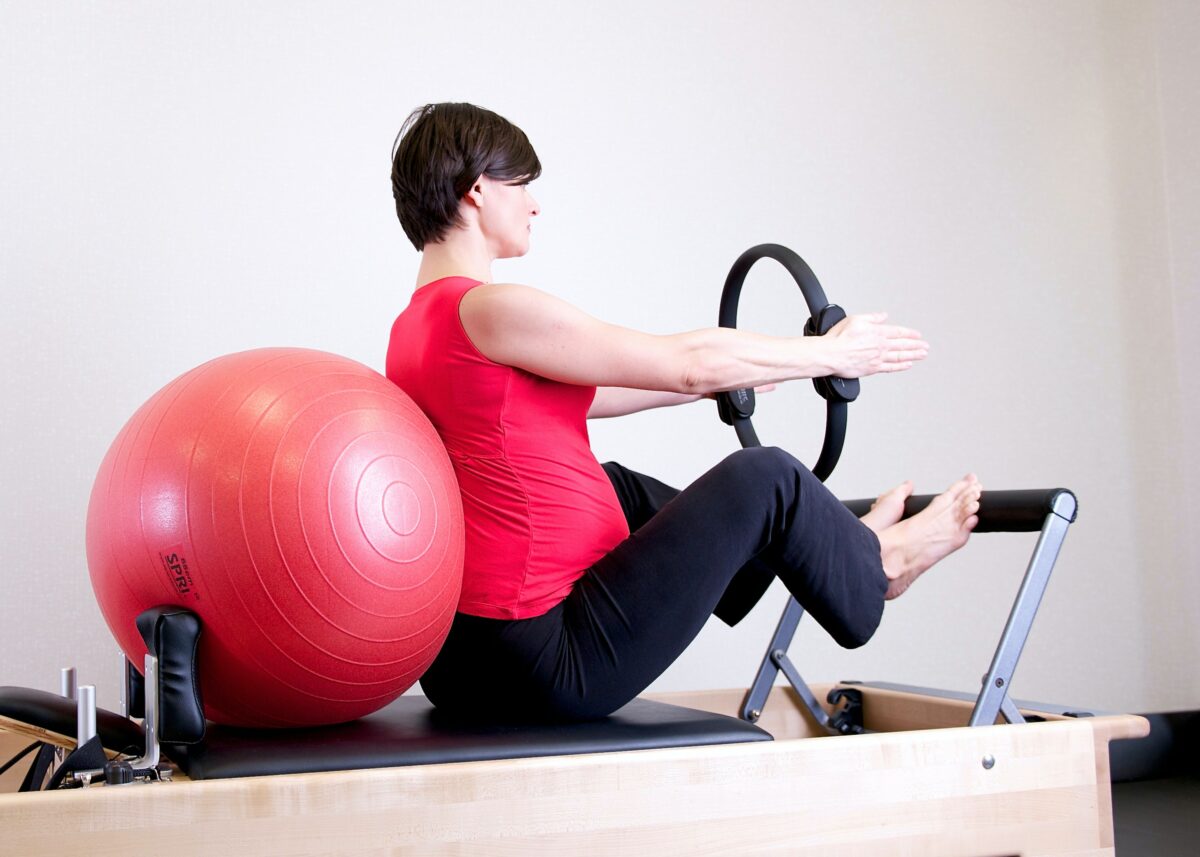Proper body mechanics refers to the application of body movement in a way that achieves maximum efficiency and reduces the risk of physical stress or injury. Ergonomics is about creating a workspace that promotes efficiency and comfort. Together, proper body mechanics and ergonomics are the keys to preventing overuse and strain with baby care.
Think about how many times you lift your baby each day—lifting improperly puts a strain on your back and can cause injury. Using the followings techniques for lifting and incorporating ergonomic techniques for your changing table and other baby equipment will keep you pain and injury-free.
Start practicing these techniques before your baby is born. Learning how to lift your baby correctly from the start will help make proper lifting techniques a habit.
- Slow down and think about how you are going to lift properly.
- Put less stress on your back when lifting your baby and baby equipment by bending the knees, hinging at the hips, and keeping the back straight. Minimize bending from the waist or hips,
- When lifting from the floor squat or kneel in front of your baby to lift.
- Bring your baby as close to your body as possible before lifting. Avoid holding your baby out in front of your body, as that puts a strain on your back.
- Gently exhale through pursed lips or a relaxed mouth and contract the abdominal and pelvic floor muscles as you lift
- When carrying the baby and the carrier, focus on using good lifting mechanics.
- Avoid the one-arm “grab and lift”—always use both arms to lift and hold.
- When lifting your baby from the crib, position the baby as close as possible to your side of the crib by gently sliding your baby towards you.
- Before lifting your baby from the crib, take a big breath and as you exhale, tighten your abdominal muscles and pelvic floor as you slowly lift.
- Breast feeding position: bring baby to breast with pillows and supports instead of bringing breast to baby. Support your body with pillows, blankets, and or towels as needed as well to optimize your comfort and decrease neck and back strain.
Creating an Ergonomic Workstation
- Adjust baby changing table to a height that allows an upright position and prevents you from having to bend forward.
- Tables should be positioned so that their tops are just below the level of the elbow.
- Store your baby supplies such that you don’t have to reach overhead, or bend and twist to get to them. If possible, set up the changing table against a wall and install shelving above the table within easy reach.
- Before you buy, make sure that baby cribs, carriers, and a changing table are easily adjustable to fit the person using them.
https://orthoinfo.aaos.org/en/staying-healthy/preventing-back-pain-tips-for-new-moms/
http://www.working-well.org/articles/pdf/parenting.pdf
Catherine Cram, MS & Jenny LaCross, PT, DPT, PhD(c), WCS, ATC, CLT-LANA
© WKU {2022} All rights reserved.









